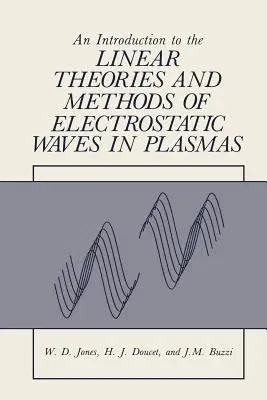William Jones
(Author)An Introduction to the Linear Theories and Methods of Electrostatic Waves in Plasmas (Softcover Reprint of the Original 1st 1985)Paperback - Softcover Reprint of the Original 1st 1985, 12 December 2012

Qty
1
Turbo
Ships in 2 - 3 days
In Stock
Free Delivery
Cash on Delivery
15 Days
Free Returns
Secure Checkout
Print Length
312 pages
Language
English
Publisher
Springer
Date Published
12 Dec 2012
ISBN-10
1475702132
ISBN-13
9781475702132
Description
Product Details
Author:
Book Edition:
Softcover Reprint of the Original 1st 1985
Book Format:
Paperback
Country of Origin:
NL
Date Published:
12 December 2012
Dimensions:
23.39 x
15.6 x
1.75 cm
ISBN-10:
1475702132
ISBN-13:
9781475702132
Language:
English
Location:
New York, NY
Pages:
312
Publisher:
Weight:
467.2 gm

